Breakthroughs in robot vision technology are driving a profound transformation in the field of robotics. This technology integrates cameras, next-generation processors, and advanced computer vision algorithms to create a perceptual system for robots. With robot vision,robots can see and interpret their environment, enabling intelligent interaction with humans and objects.
At the core of robot vision are cameras capable of recording high-resolution images and video. This “visual system” allows robots to accurately identify subtle features, dynamic changes, and spatial layouts in their environment. Whether navigating complex terrain, avoiding obstacles, or precisely grasping objects, robot vision gives equipment the power of autonomous control. Through training with deep learning algorithms, robots can now process not only static images but also analyze dynamic scenes to perform tasks like autonomous navigation and intelligent sorting. From vision-based positioning for AGV in warehousing and logistics to millimeter-level visual control in medical surgery, robot vision is reshaping the future of automation with its diverse applications.
Let’s explore in detail how cameras are transforming robotics through vision technology.
1. The Role of Cameras in Enhanced Perception
In the field of robot vision, the camera is the core component for enhancing a robot’s perceptual abilities. Robots use camera sensors to collect visual data, which forms the foundation for understanding their surroundings. By applying various image processing methods, the robot vision system can extract valuable information from this data, achieving a deeper observation, comprehension, and interaction with the environment.
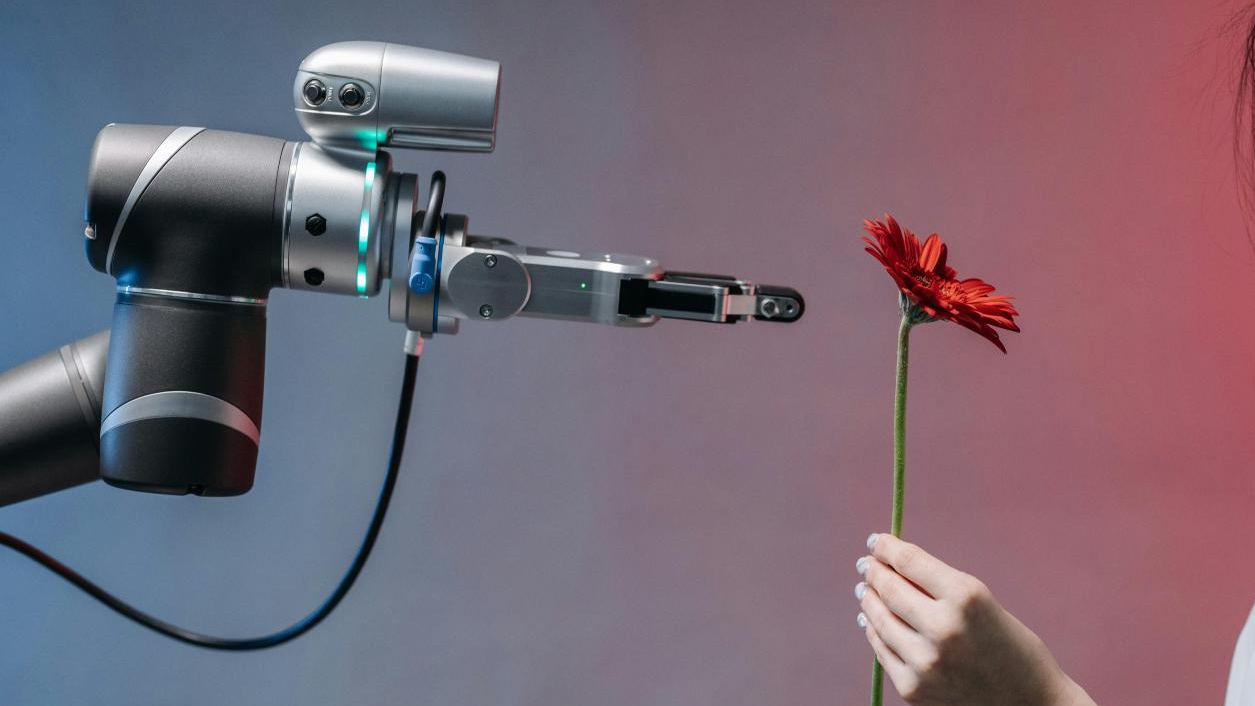

• The “Eyes” of the Robot: Cameras capture high-resolution photos and videos, providing detailed information about the surrounding environment. From standard RGB cameras to specialized devices like Near-Infrared (NIR) and depth cameras, different types of cameras offer diverse visual data collection capabilities, allowing robots to acquire visual information that rivals human perception.
• Object Recognition and Tracking: Cameras are crucial for object recognition and tracking in robot vision systems. Using computer vision algorithms, robots identify and locate objects based on features such as size, shape, color, and texture. Advanced object detection algorithms enable the system to detect and identify multiple objects simultaneously.
• Depth Perception: Stereo vision cameras, which consist of two or more spatially separated cameras, provide robot vision systems with depth perception. By analyzing the differences in the images captured by each camera, the robot can estimate depth information and construct a 3D map of its environment. This enhanced depth perception allows the vision system to efficiently perform tasks like path planning and obstacle detection.
2. The Role of Cameras in Object Identification and Classification
Object identification and classification are critical components of robot vision technology. Whether for industrial sorting or logistics recognition, robot vision uses feature extraction to complete classification tasks and image segmentation to precisely define target areas, driving automation toward greater intelligence.
Training More Accurate Models with Camera Data
The visual data collected by cameras is the core resource for training object recognition models in a robot vision system. High-quality and diverse camera datasets are essential for ensuring the successful training of these models.
For instance, in a smart warehouse, an inventory management robot with a vision system uses its camera to capture images of various products on shelves from multiple angles and under different lighting conditions. This rich visual data is used to build a machine learning model that helps the robot accurately classify and quickly distinguish between numerous items, such as canned goods and household supplies. This training method, based on massive and diverse visual data, is a key driver for continuous breakthroughs in object recognition.
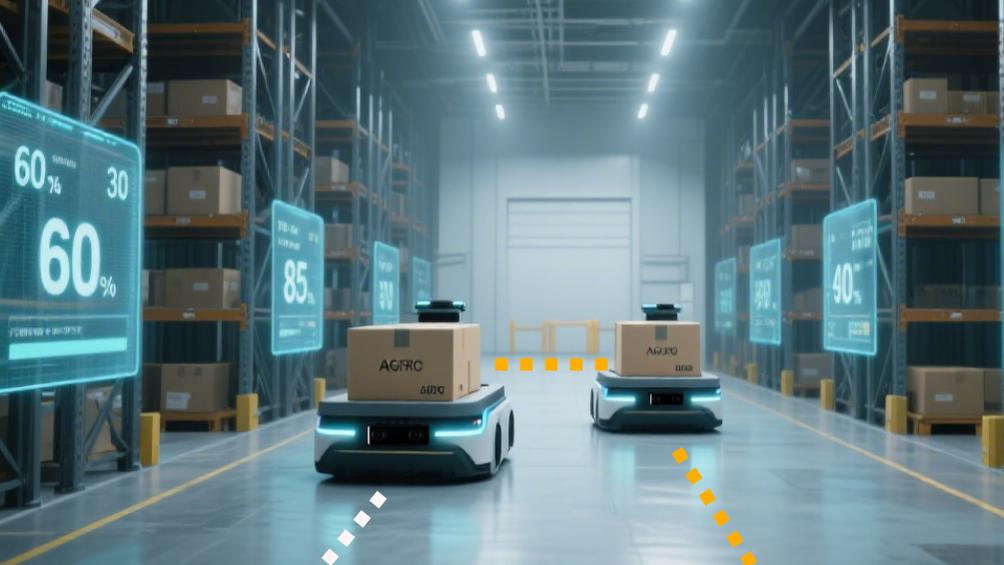

Using Cameras for Real-Time Object Recognition and Classification
In practical applications, robots can use cameras to identify and classify objects in real time. With efficient object detection algorithms like YOLO and SSD, a robot’s vision system can quickly locate and identify objects within its camera’s field of view.
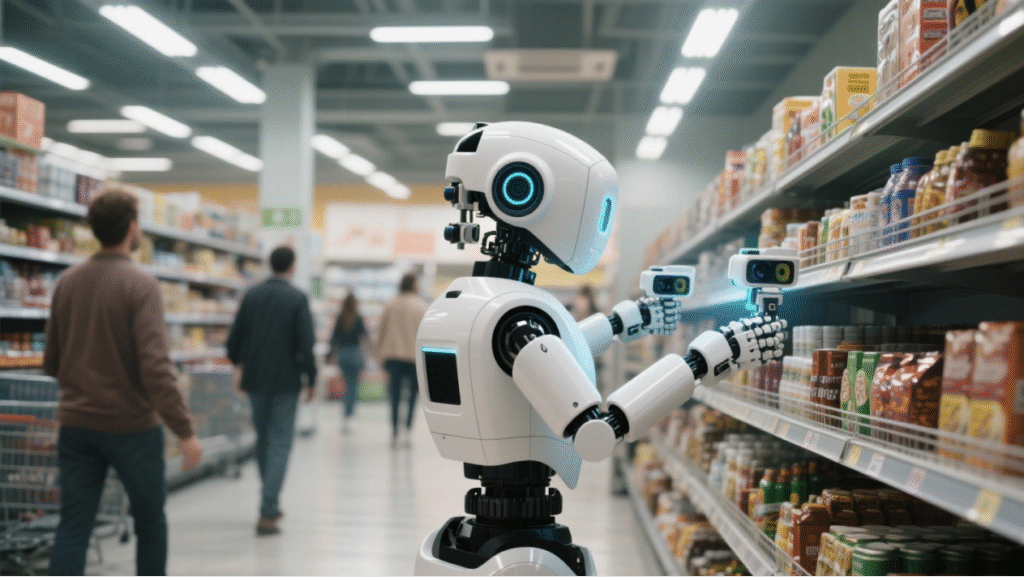

In smart manufacturing, a factory’s robot vision system uses real-time object recognition and classification to instantly identify and categorize parts as they pass by a camera.
While standard RGB cameras can handle basic object recognition needs, the integration of depth cameras brings even more powerful functionality. By combining depth information, the robot vision system can not only identify an object’s category but also precisely calculate its distance from the robot. This enables high-precision pick-and-place operations, further expanding the applications of robot vision in industrial automation.
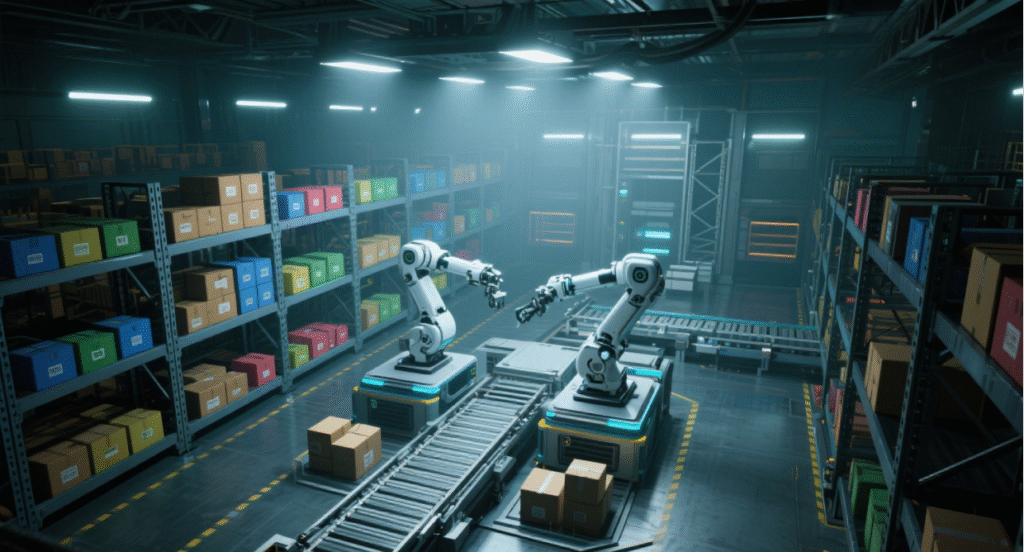

RoboBaton Contribution to the Development of Robot Vision Systems
RoboBaton-VIOBOT2 provide pure-vision spatial perception cameras designed specifically for robot vision to enhance a robot’s environmental awareness. The cameras deliver real-time spatial perception data, including depth maps, position, and posture, helping robots achieve more efficient spatial localization, object recognition, path planning, dynamic scene understanding, and obstacle avoidance. They are a core hardware component for boosting robot vision performance.

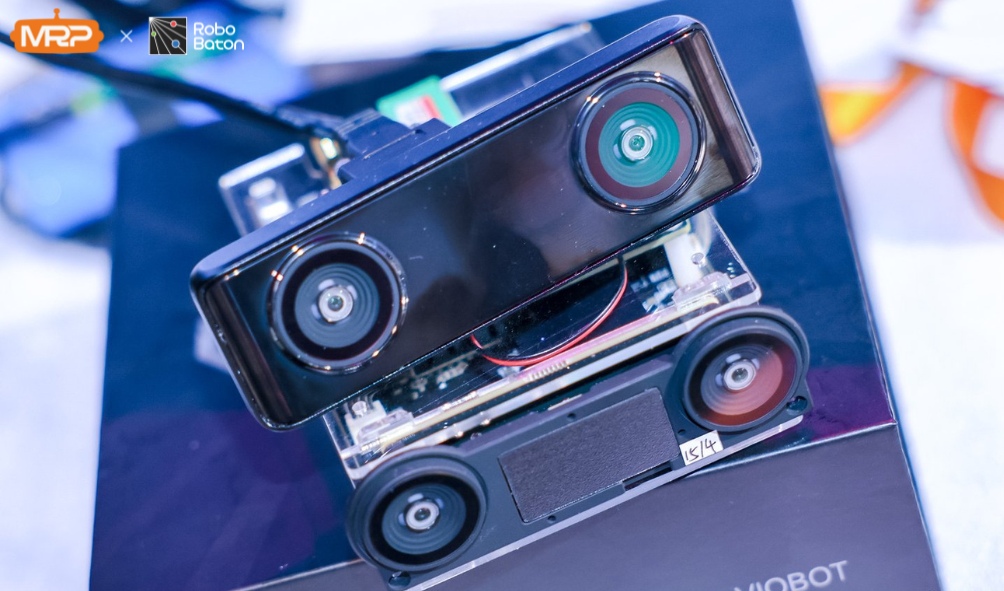

• RoboBaton-VIOBOT2 develop embedded vision cameras that integrate seamlessly with processors and robots and are compatible with the Robot Operating System (ROS) to ensure rapid integration.
• RoboBaton-VIOBOT2’s cameras can be used for sensor fusion and integration with technologies like GPS and RTK, giving the robot a comprehensive understanding of its environment for improved perception, obstacle avoidance, and localization.
• RoboBaton-VIOBOT2’s cameras are capable of capturing the images and video required for AI analysis and creating maps of the surrounding environment. By analyzing the disparities between image points from each camera, robots can estimate depth information, enabling them to flawlessly execute tasks like path planning and obstacle detection.
• RoboBaton-VIOBOT2 offers comprehensive software support, including camera drivers and SDK, to facilitate the integration of our cameras into robotic platforms. This ensures seamless communication between the camera and the robot’s control system, accelerating development and deployment timelines.
• RoboBaton-VIOBOT2 also provides customization options and consulting services to meet the specific needs of your vision-guided robotics project, identifying unique challenges to guarantee optimal performance and compatibility.
By understanding and using RoboBaton offerings, developers and integrators can unlock the full revolutionary potential of cameras in robot automation, perception, and interaction.







Add comment